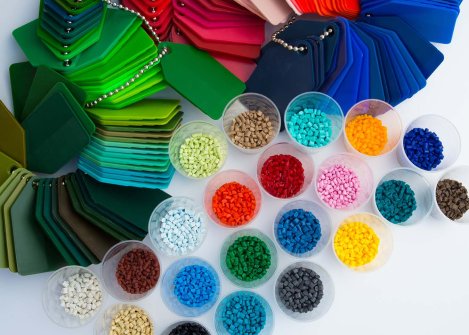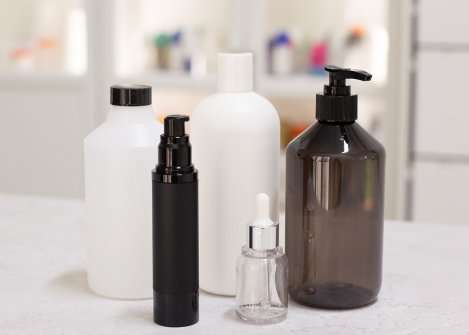A multifaceted material
Plastic is popular due to its flexibility, low cost, and durability. It is used in a wide range of products, from packaging to technical items. However, plastic also presents environmental challenges. This guide covers the most common types of plastic used in product packaging and offers advice on how to use them responsibly, with a focus on recycling and providing clear information to consumers.
Common types of Plastic and their uses:
• PP (Polypropylene): Found in lids, jars, and some bottles.
• HDPE (High-Density Polyethylene): Frequently used in tubes and bottles.
• LDPE (Low-Density Polyethylene): Common in squeezable tubes.


Key considerations for recycling plastic
- Plastic can be recycled 2-3 times before its quality declines. Each recycling cycle degrades its strength and stability.
- Multi-layered plastics or composite materials combining different types of plastic are more difficult to recycle.
- Design choices affect recyclability. Choose uncolored or light-colored plastics that are easier to sort in the recycling process . Avoid black packaging entirely.
Packaging information to include
- Mark packaging with clear sorting symbols in compliance with national guidelines for the market(s) where it will be sold.
- Provide clear instructions on how to sort the packaging, such as whether lids and containers should be separated.
Tips when choosing plastic packaging
Make conscious design choices
Minimize the amount of plastic in your product by using as little material as possible.
Choose recyclable plastics like HDPE, PET, or PP whenever feasible.
Simplify recycling by using a single type of plastic throughout the packaging.
Opt for labels instead of direct printing on the packaging to facilitate the recycling process.
Reduce the need for single-use plastics by creating packaging that consumers can refill and reuse.
Consider using recycled materials from ocean cleanup initiatives or other social projects.
